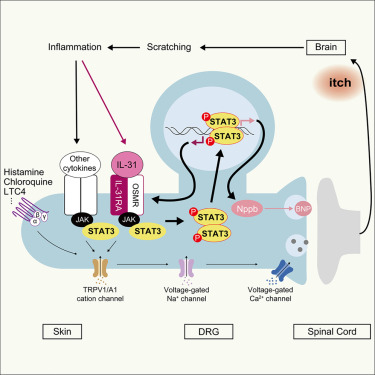Journal Club: 2024.09.13
Vitexin promotes the anti-senescence effect via inhibiting JAK2/STAT3 in D-Galactose-induced progeria mice and stress-induced premature senescence
Xiaojuan Han ab1, Lu Li c1, Jiamei Xie a, Qing Lei a, Yansong Li a, Huan Liu a, Haoran Sun a, Xiaohua Zhang a, Xingchun Gou ab
https://doi.org/10.1016/j.ejphar.2024.176865
Abstract
Vitexin is a natural flavonoid glycoside compound extracted from the leaves and seeds of Vitex negundo. It is widely distributed in the leaves and stems of numerous plants and exhibites remarkable anti-tumor, anti-inflammatory, and anti-hypertensive properties. However, whether vitexin presents the anti-aging and senescence prevention effect has not been fully elucidated. The purpose of this study is to investigate the effect of vitexin on progeria mice and cellular senescence, as well as its underlying molecular mechanisms. To generate a premature aging/senescence model in vivo and in vitro, we used D-galactose (D-gal), hydrogen peroxide (H2O2), and adriamycin (ADR), respectively. Our findings demonstrated that vitexin potentially delays D-gal-induced progeria mice; similar effects were observed in stress-induced premature senescent fibroblasts in culture. Interestingly, this effect of vitexin is closely correlated with the reduction of the senescence-associated secretory phenotype (SASP) and the inhibition of the SASP-related JAK2/STAT3 pathway. Furthermore, we determined that vitexin meets the pharmacological parameters using the freely available ADMET web tool. Collectively, our findings demonstrate that vitexin possesses anti-senescence and anti-aging properties due to the inhibition of SASP and suppression of JAK2/STAT3 signaling pathway.
Journal Club: 2024.09.13 Read More »

